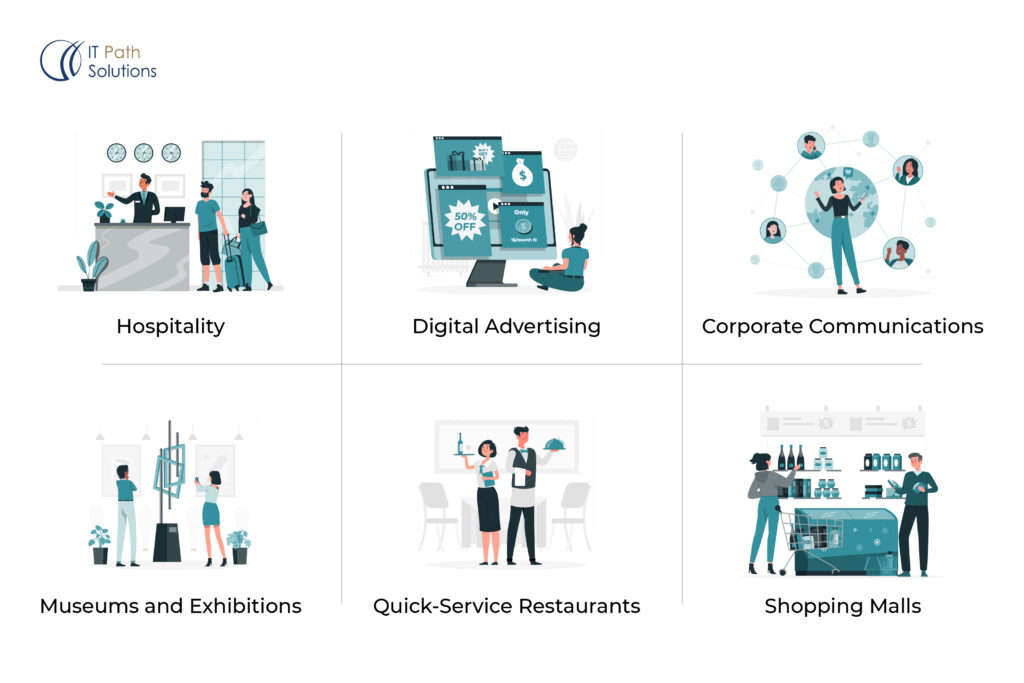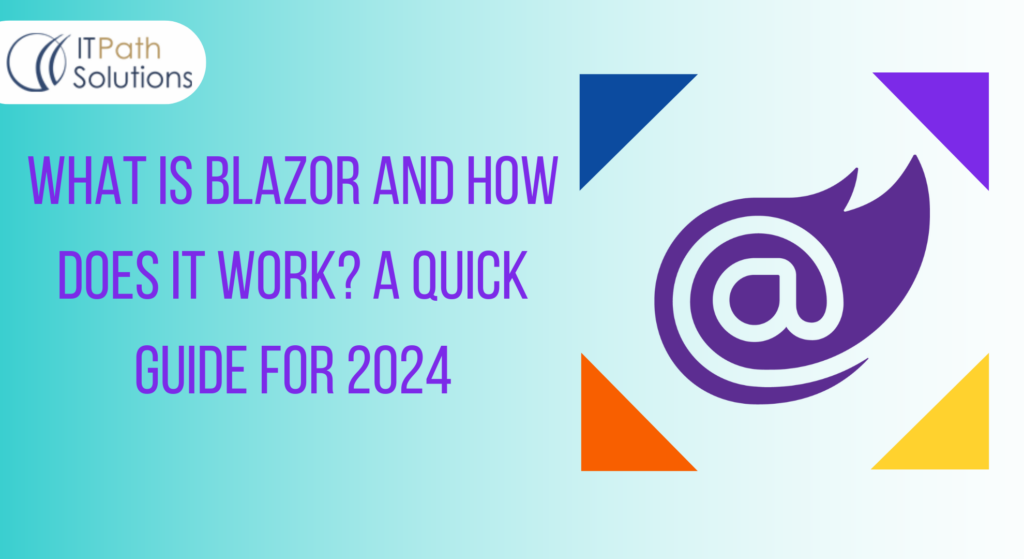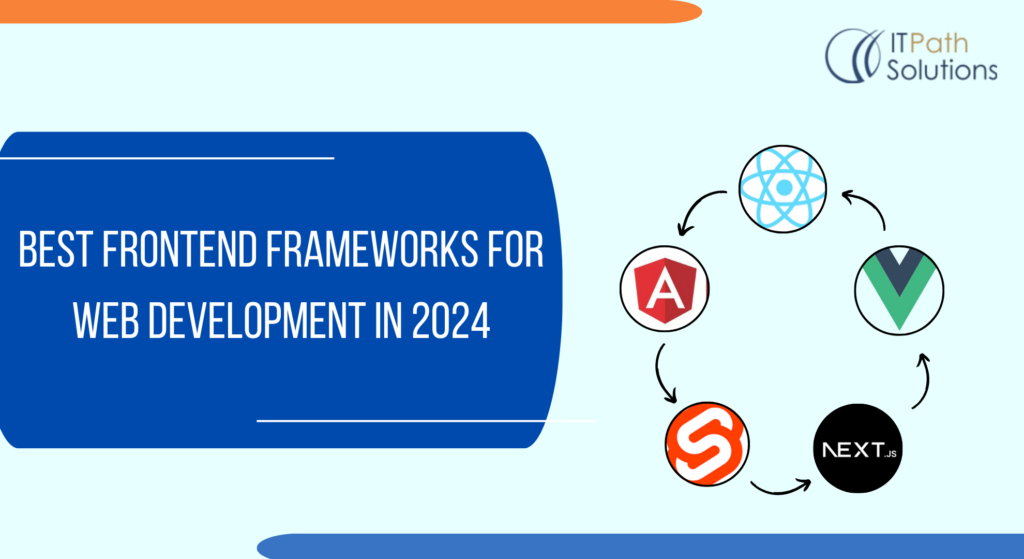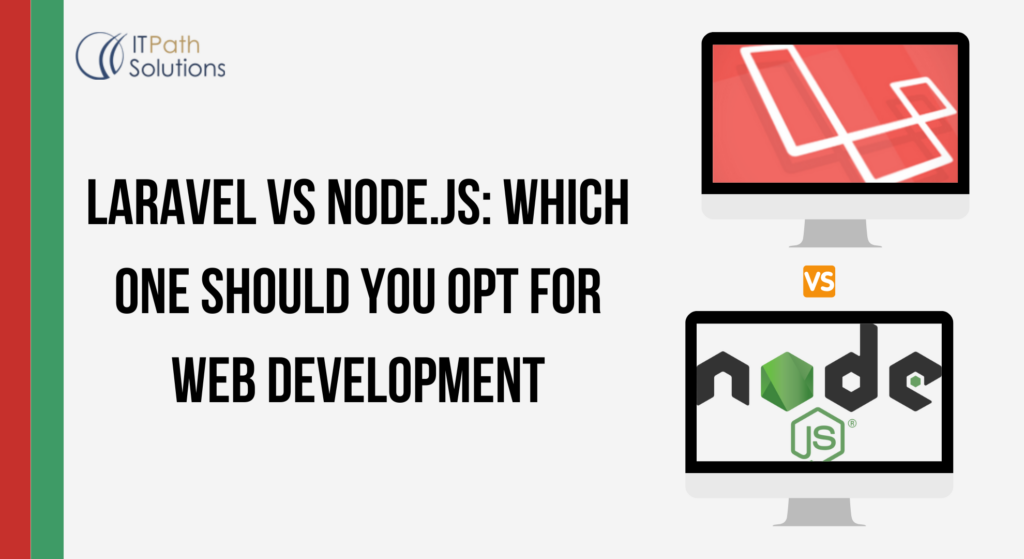How To Create Our Own Custom CMS To Operate BrightSign Devices
Web Development
Creating a custom Content Management System (CMS) to operate BrightSign devices involves several steps, including designing the CMS architecture, developing the software, and integrating it with the BrightSign devices. Here are the detailed steps to create a custom CMS for BrightSign
Requisite Steps For a Custom CMS for BrightSign
- Define Requirements:
- Scope: Determine the scope of your CMS. What features and functionalities do you want to include? Consider content creation, scheduling, user management, and device management.
- User Roles: Define user roles and permissions. Decide who will have access to what parts of the CMS.
- Content Types: Identify the types of content you’ll support, such as images, videos, HTML5, live data feeds, etc.
- Design the CMS Architecture:
- Database Design: Create a database schema to store content, user data, scheduling information, and device configurations.
- Backend: Choose a programming language and framework for the backend development. Popular choices include Python (Django or Flask), Node.js (Express), or PHP (Laravel).
- Frontend: Select a frontend framework (e.g., React, Angular, or Vue.js) for building the user interface.
- Develop the CMS:
- User Authentication: Implement user authentication and authorization to secure access to the CMS.
- Content Management: Develop features for content creation, editing, and categorization. Ensure that the CMS can handle various media types and formats.
- Scheduling: Create a scheduling system that allows users to set when and where content should be displayed on BrightSign devices.
- Device Management: Develop functionality to add, configure, and manage BrightSign devices. This may include device registration, settings management, and remote updates.
- Remote Control: Implement remote control capabilities to send commands and content updates to connected BrightSign devices over the network.
- Monitoring and Analytics: Integrate monitoring tools to track the status of devices, content playback, and user interactions. Collect analytics data for performance evaluation.
- Develop APIs:
- Create APIs that allow communication between the CMS backend and BrightSign devices. Use RESTful or WebSocket APIs to send content and instructions to the devices.
- Implement Communication with BrightSign Devices:
- Develop a BrightSign application (typically using BrightScript) that runs on the devices. This application should be capable of communicating with the CMS APIs to receive content and instructions.
- Utilize BrightSign’s built-in networking capabilities to establish communication between devices and the CMS server.
- User Interface Development:
- Build an intuitive and user-friendly web interface for the CMS. This interface should enable users to upload content, schedule playback, and manage devices easily.
- Testing and Quality Assurance:
- Thoroughly test the CMS and the BrightSign applications in various scenarios, including content playback, remote control, and scalability.
- Deployment:
- Deploy the CMS on a server or cloud platform. Ensure that it is accessible securely over the internet.
- Install and configure the BrightSign applications on the target devices. Ensure they are connected to the CMS.
- Documentation and Training:
- Create user and administrator documentation to guide users on how to use the CMS and BrightSign devices.
- Maintenance and Updates:
- Regularly update and maintain both the CMS and BrightSign applications to ensure they remain secure and up to date with the latest features and enhancements.
Creating a custom CMS for BrightSign devices requires a combination of software development skills, knowledge of BrightSign’s capabilities, and a thorough understanding of your specific requirements. It’s important to plan and design the system carefully to meet your organization’s needs effectively.

Advantage of BrightSign player With our own CMS
Using BrightSign media players in conjunction with a custom Content Management System (CMS) can offer several advantages, providing a highly flexible and tailored solution for digital signage and interactive display applications. Here are the main advantages of combining BrightSign players with a custom CMS in detail:
Customization and Control: You will have complete command and control over your BrightSign devices.
Tailored Solution: A custom CMS allows you to design a solution that precisely matches your organization’s requirements, branding, and workflows. You have full control over the features and functionalities you want to include.
Advanced Scheduling: Schedule your media plan in advance with a custom CMS.
Flexible Scheduling: Your custom CMS can provide advanced scheduling options, allowing you to schedule content based on specific dates, times, and events. This flexibility ensures that the right content is displayed at the right moment.
Real-time Updates: See what is happening in realtime with interactive dashboards.
Immediate Content Changes: With a custom CMS, you can make real-time content updates and changes, responding quickly to changing circumstances or promotions without any delays.
Tailored Security Measures: You can implement security features that meet your organization’s specific security and compliance requirements, ensuring data protection and privacy.
Centralized Management: You can manage all your BirghtSing devices from one CMS.
Streamlined Operations: The combination of BrightSign players and a custom CMS provides centralized management capabilities. You can efficiently oversee and control all your displays and content from a single location, simplifying operations.
Scalability: You can scale your devices and media plans easily with a custom CMS.
Easily Expandable: You can easily scale your signage network by adding more BrightSign players and displays as your needs grow. Your custom CMS can adapt to this growth without major disruptions.
Custom Reporting: Your custom CMS can generate tailored reports and analytics, providing valuable insights into the performance of your signage network and helping you make data-driven decisions.
Brand Consistency: You can maintain consistent branding and messaging across all displays and locations, ensuring a cohesive and professional appearance.
Reduced Total Cost of Ownership (TCO): While there may be initial development costs for a custom CMS, the long-term benefits in terms of operational efficiency, adaptability, and cost control often result in a lower TCO compared to off-the-shelf solutions.

Where Can BrightSign Devices Be Used?
BrightSign is a well-known brand of digital signage media players that are widely used for various applications in the digital signage industry. These media players are known for their reliability and versatility. Here are some main use cases for BrightSign media players in detail.
Hospitality and Hotels
In a hotel lobby, BrightSign can power digital concierge boards, displaying local attractions, weather updates, and event schedules. In guest rooms, it can enable interactive TV interfaces, allowing guests to order room service, browse amenities, and access streaming services.
Digital Advertising in Shopping Malls
A shopping mall management company wants to enhance the advertising capabilities within their mall to increase revenue and improve the shopping experience for visitors. They decided to deploy BrightSign media players throughout the mall to manage and display digital advertisements effectively.
Corporate Communications
In a corporate environment, BrightSign can display announcements, company news, and live data feeds on digital displays located in common areas, break rooms, and conference rooms. It can also be integrated with scheduling systems to show room availability and meeting schedules.
Museums and Exhibitions
In a museum, BrightSign can power touchscreen kiosks, audiovisual exhibits, and interactive displays. It allows visitors to explore exhibits at their own pace, access additional information, and watch videos related to the artifacts or artwork.
Quick-Service Restaurants
In a fast-food restaurant, BrightSign can power digital menu boards that can be updated in real-time, promoting specials and upselling items. It can also integrate with point-of-sale systems to display order status and wait times.
Conclusion
Embarking on the journey of creating a custom Content Management System (CMS) for BrightSign devices is no small feat. It demands meticulous planning, technical expertise, and a deep understanding of both CMS architecture and BrightSign capabilities. As we’ve navigated through the detailed steps—from defining requirements to deployment—it’s evident that the process is as intricate as it is rewarding. Do drop us a line to create a custom CMS for BrightSign devices and we will be happy to put our experts in touch with you.
 Healthcare
Healthcare  Education
Education  Real Estate
Real Estate  Logistic
Logistic  Fitness
Fitness  Tourism
Tourism  Travel
Travel  Banking
Banking  Media
Media  E-commerce
E-commerce 




